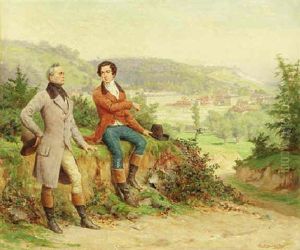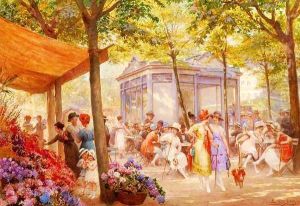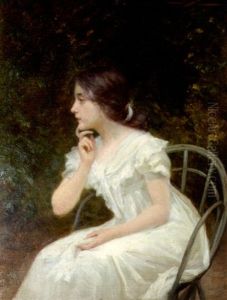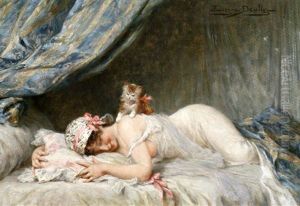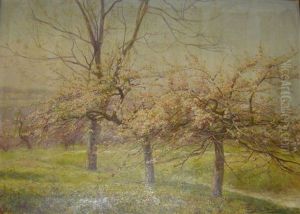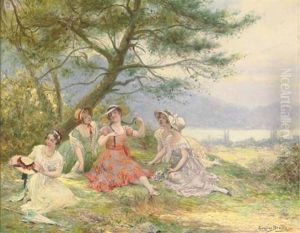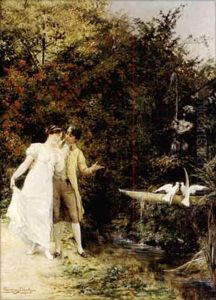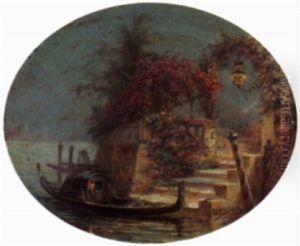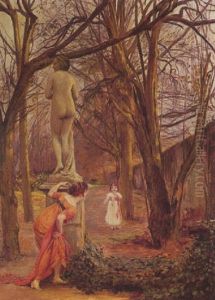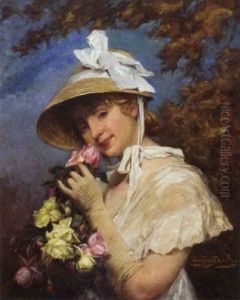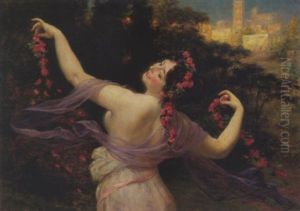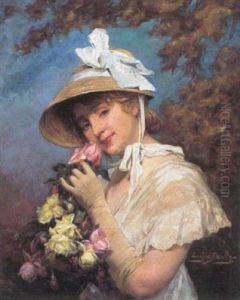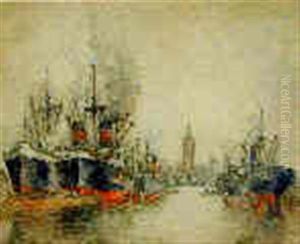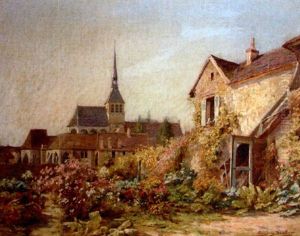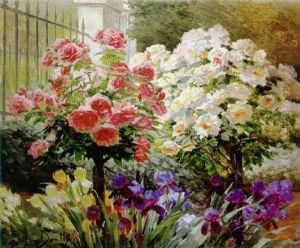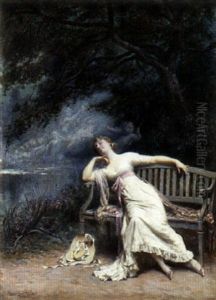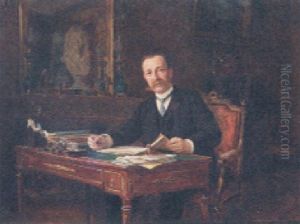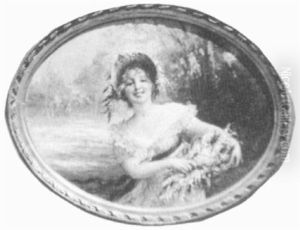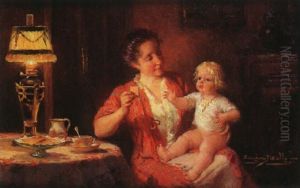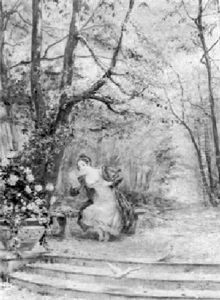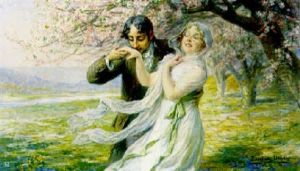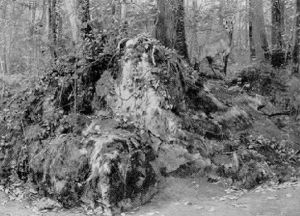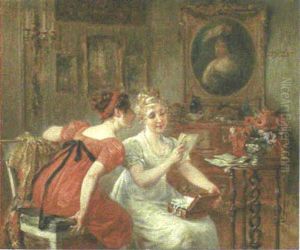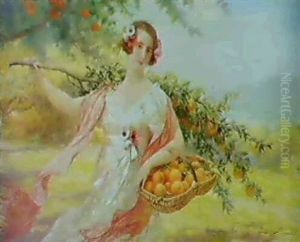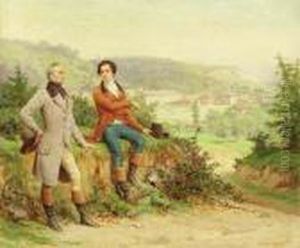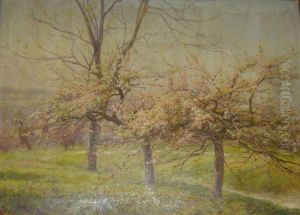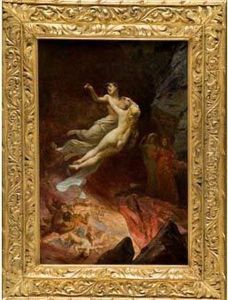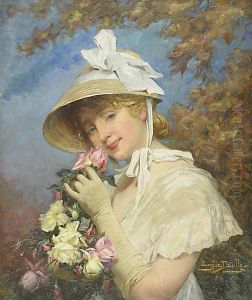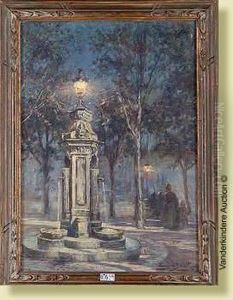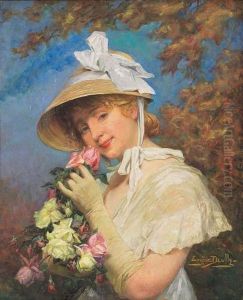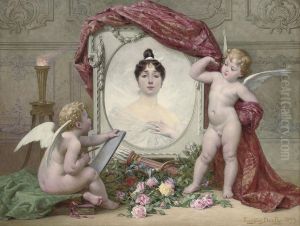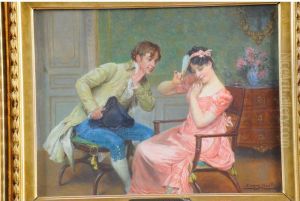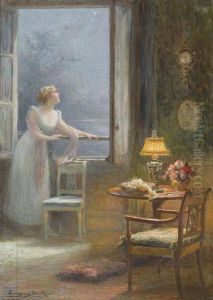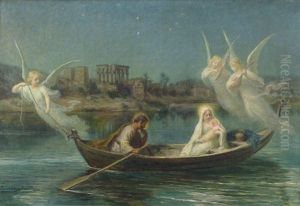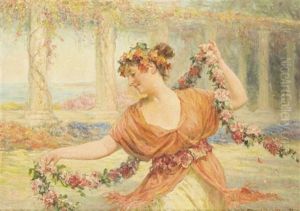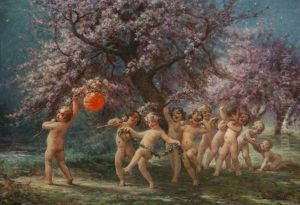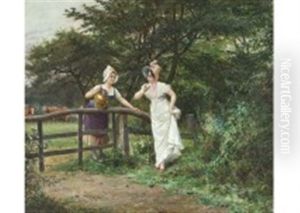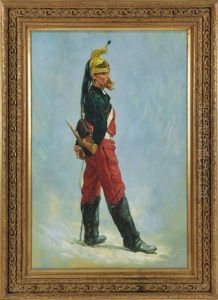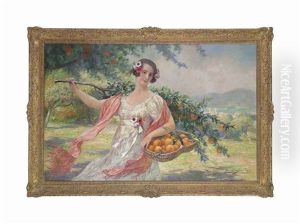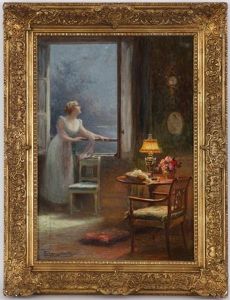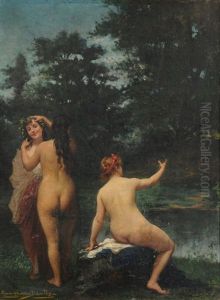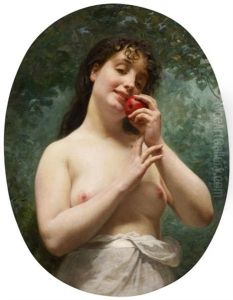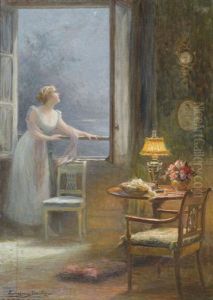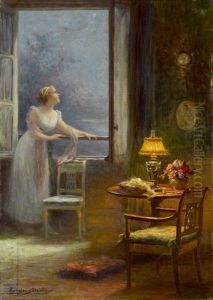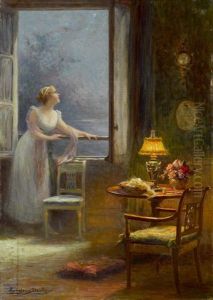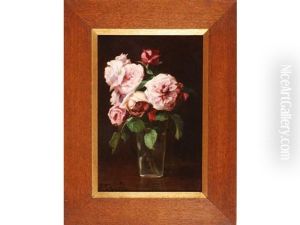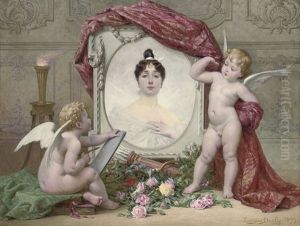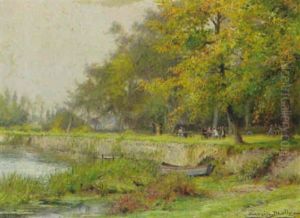Eugene Auguste Francois Deully Paintings
Eugène Auguste François Deully was a French artist born in Bordeaux in 1860. He was known for his skill as a painter, particularly in the realm of academic painting, which was a style that adhered to the traditional standards set by the European academies of art. Deully's work typically involved historical or mythological themes, often with a focus on classical subject matter, which was in vogue during the late 19th and early 20th centuries.
Deully received his artistic training at the École des Beaux-Arts in Paris, where he was a student of the prominent French painters William-Adolphe Bouguereau and Tony Robert-Fleury. Under their guidance, he honed his technique and developed a keen sense for detail and composition, qualities that were highly prized in the academic art circles of the time. He exhibited his work at the Paris Salon, an official art exhibition of the Académie des Beaux-Arts in Paris, which was the most important annual and biannual art event in the Western world.
The Paris Salon was the place where artists such as Deully could gain recognition, and his participation in these exhibitions helped to establish his reputation. His paintings were well-received for their technical proficiency and adherence to the beauty ideals of the era. He was awarded medals at the Salon and other exhibitions, which further solidified his status as a respected artist of his day.
Despite his success during his lifetime, Eugène Deully's name is not as widely recognized today as some of his contemporaries. This may be due in part to the shifts in art movements that occurred in the early 20th century, with the rise of modernism and avant-garde styles that moved away from the traditional techniques and subjects favored by academic artists like Deully.
Eugène Auguste François Deully passed away in 1933, leaving behind a body of work that serves as a testament to the academic art traditions of the late 19th and early 20th centuries. His paintings continue to be of interest to collectors and art historians who study the period and are occasionally displayed in museums with collections of academic art.
